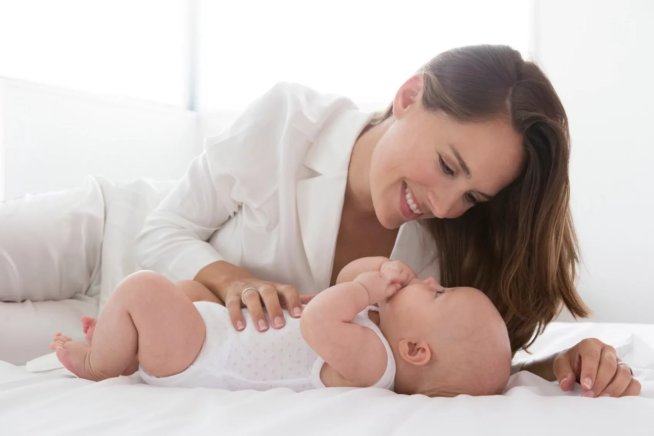If you enjoyed this activity, you may also like the following activity, too
-

Develop your baby's hearing!
under 9 months -
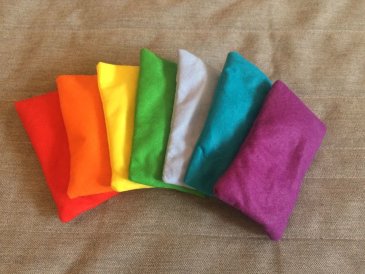
Make your kid sensory bags with cereal!
under 9 months -
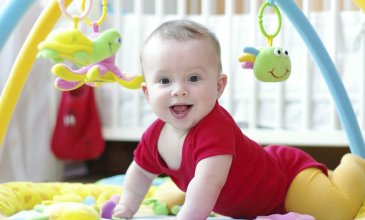
Play the game "Come - Go away"!
under 9 months -

Give your baby alone time
under 9 months -

Develop your baby's speaking skills
4 months -
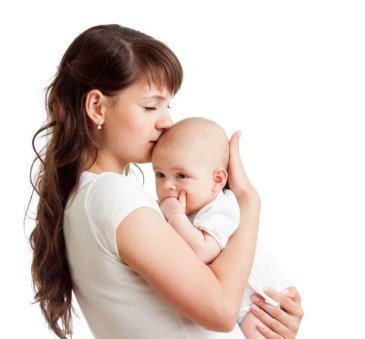
Vocal Intonation
under 9 months -

Make a developing toy for your baby
under 9 months -

Repeat after your baby!
4 months -
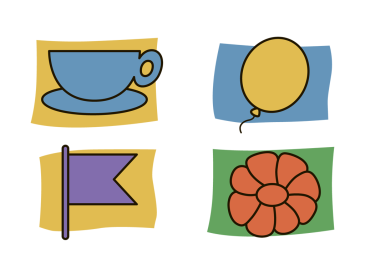
Offer your baby pictures for viewing
4 months
